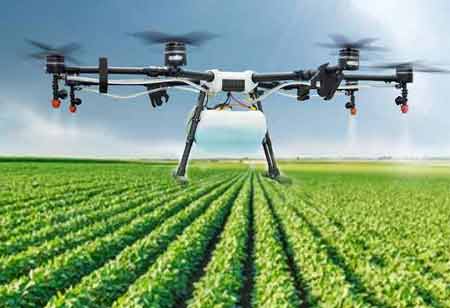Thank you for Subscribing to Agri Business Review Weekly Brief
What You Need to Know About Aquaculture
Aquaculture, raising fish, mollusks, seaweed, and much other marine life for human food, has been practiced for 4,000 years.

By
Agri Business Review | Friday, August 19, 2022
Stay ahead of the industry with exclusive feature stories on the top companies, expert insights and the latest news delivered straight to your inbox. Subscribe today.
Aquaculture is often known as fish farming. Anywhere that has access to fresh water, including freshwater ponds, rivers, and tanks on land, is a suitable location for aquaculture.
Fremont, CA: Aquaculture, raising fish, mollusks, seaweed, and much other marine life for human food, has been practiced for 4,000 years. The National Ocean Service defines aquaculture as the breeding, raising, and harvesting of aquatic animals in all water environments, including fish, shellfish, algae, and other marine species.
Thanks to rising global demand for delectable seafood dishes and technological breakthroughs, food may now be grown in coastal marine waters and the open ocean.
To be more exact, aquaculture is the artful process of raising aquatic creatures for human consumption. So if we switch out plants or animals for fish that makes sense in agriculture.
Aquaculture is often known as fish farming. Anywhere that has access to fresh water, including freshwater ponds, rivers, and tanks on land, is a suitable location for aquaculture.
• Marine Aquaculture
Mariculture, another name for marine aquaculture, is farming saltwater fish, shellfish, seaweed, and kelp. In addition, oysters, mussels, shrimp, clams, and finfish, including salmon, tuna, and black sea bass, are frequently farmed on farms.
Shellfish farms receive excellent scores for sustainability since the methods used for wild gathering frequently dredge the ocean floor. Shellfish don't consume other fish species since they devour plankton. The streams where crustaceans get farmed are seldom affected by shellfish farming practices.
However, saltwater finfish, especially the larger, more carnivorous ones, are more challenging to rear sustainably (think cod, salmon, halibut, and tuna). So, to prevent the fish from swimming away into the open ocean, these fish gets frequently raised in net pens. But, according to a Magazine, net pens often harm the marine environment by contributing to pollution and the spread of illness, and the fish frequently escape and mingle with the wild population.
• Fresh Water Aquaculture
Freshwater aquaculture systems, frequently cultivated in artificial ponds or big tanks, produce freshwater finfish like trout and catfish. According to a Site, freshwater aquaculture provides more food for more people than marine aquaculture, making it the superior option to address the world's food deficit. In addition, according to a Magazine, farm-raised freshwater fish like tilapia, carp, and catfish raised in tanks or enclosed ponds cannot transmit illness to wild fish.
According to a group of experts, freshwater aquaculture is preferable to mariculture since raising freshwater fish in artificial ponds is more cost-effective. They contend that since farmed freshwater fish are fed a diet high in vegetables and grains, wild fisheries have little to no influence. The storm-prone maritime setting makes farms susceptible to the loss of expensive equipment. Freshwater is a better option for consumers concerned about their budgets because saltwater fish are more costly to harvest.





